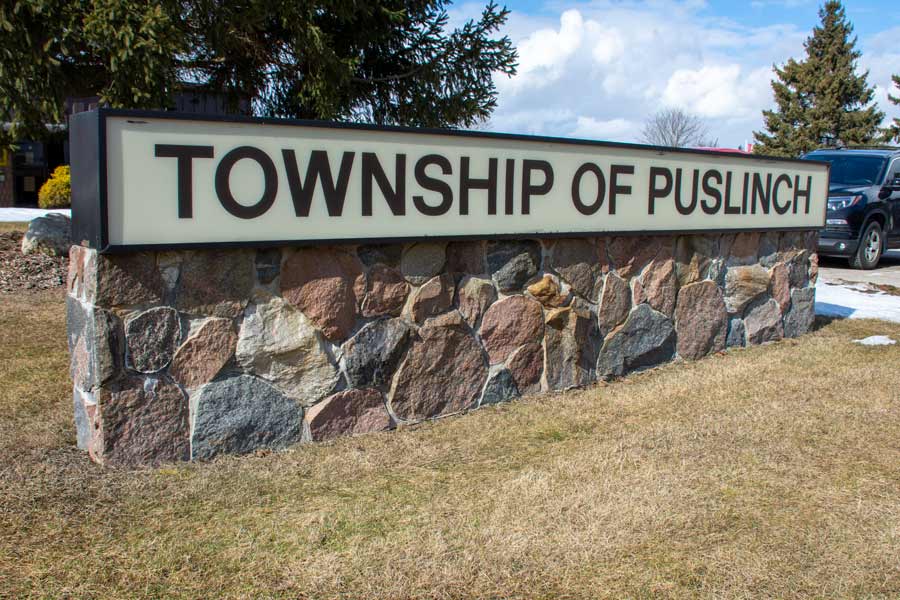PUSLINCH – Conservation Halton is asking Puslinch council for a 2.9 per cent increase this year in the levy the township pays to the conservation authority.
Hassaan Basit, president and CEO of Conservation Halton, made a presentation at council’s Jan. 13 meeting, where he outlined where the township’s money goes, and how the organization was impacted by the pandemic.
Conservation Halton’s jurisdiction includes Milton, Halton Hills, Burlington, Oakville, and parts of Mississauga, Hamilton and Puslinch.
Its 2021 budget totals $36.8 million; $31.4 million in operations, $4.9 million in capital projects, and a “state of good repair” levy of $478,500 to ensure its buildings, dams and channels are properly maintained.
The municipal portion totals $10.4 million and covers 28% of the overall budget. Puslinch’s portion is $22,635.
Puslinch also pays levies to the Grand River Conservation Area and Hamilton Conservation Area, which also have property in the municipality.
The province covers about 3% of Conservation Halton’s overall budget; 13% comes from other sources like grants and 56% from programs, fees and reserves.
Basit said because of the funding model, conservation authorities didn’t qualify for emergency wage subsidies, and when parks were ordered to close in March, their revenue dropped drastically.
He said in March the organization was projecting a deficit of $1.8 million and it was forced to lay-off staff.
“We were sort of on our own,” he said. “And when we had to close the parks, that didn’t sit well with us.”
Basit said Conservation Halton was one of the first in the province to develop a reservation system to help manage capacity, allowing it to ramp up or dial down attendance depending on provincial directives.
Only people with reservations can enter the parks, but based on averages, the authority can calculate how many visitors can safely be in its parks and be physically distanced, set daily caps, and staff accordingly.
Because of the reservation system, Conservation Halton avoided being over-run with visitors when finally allowed to reopen – and it didn’t have to close again, as so many others did.
“From May to October we had 610,000 visitors and $2.4 million in revenue,” he said.
“Conservation Halton should be an example for conservation authorities in Ontario,” said Mayor James Seeley.
Councillor Jessica Goyda agreed, stating, “Conservation Halton is doing a wonderful job to ensure parks could be reopened. That’s really important to residents.”
Basit is also chair of the working group that’s working with government on setting new regulations now that Bill 229 has passed. The bill included changes to the Conservation Authorities Act.
Basit said there are about 15 regulations that must change, “so it’s important to have a seat at the table,” he said.
“There’s an opportunity to strengthen the mandate of conservation authorities and also to voice our issues. The working group is tasked with looking for solutions.”
Basit added conservation authorities might even find ways to improve operations and establish best practice as they figure out how to meet the new regulations.
“We can’t be resistant to change,” he said.
“Conservation authorities must also figure out how to manage conservation areas with less and less tools.”




